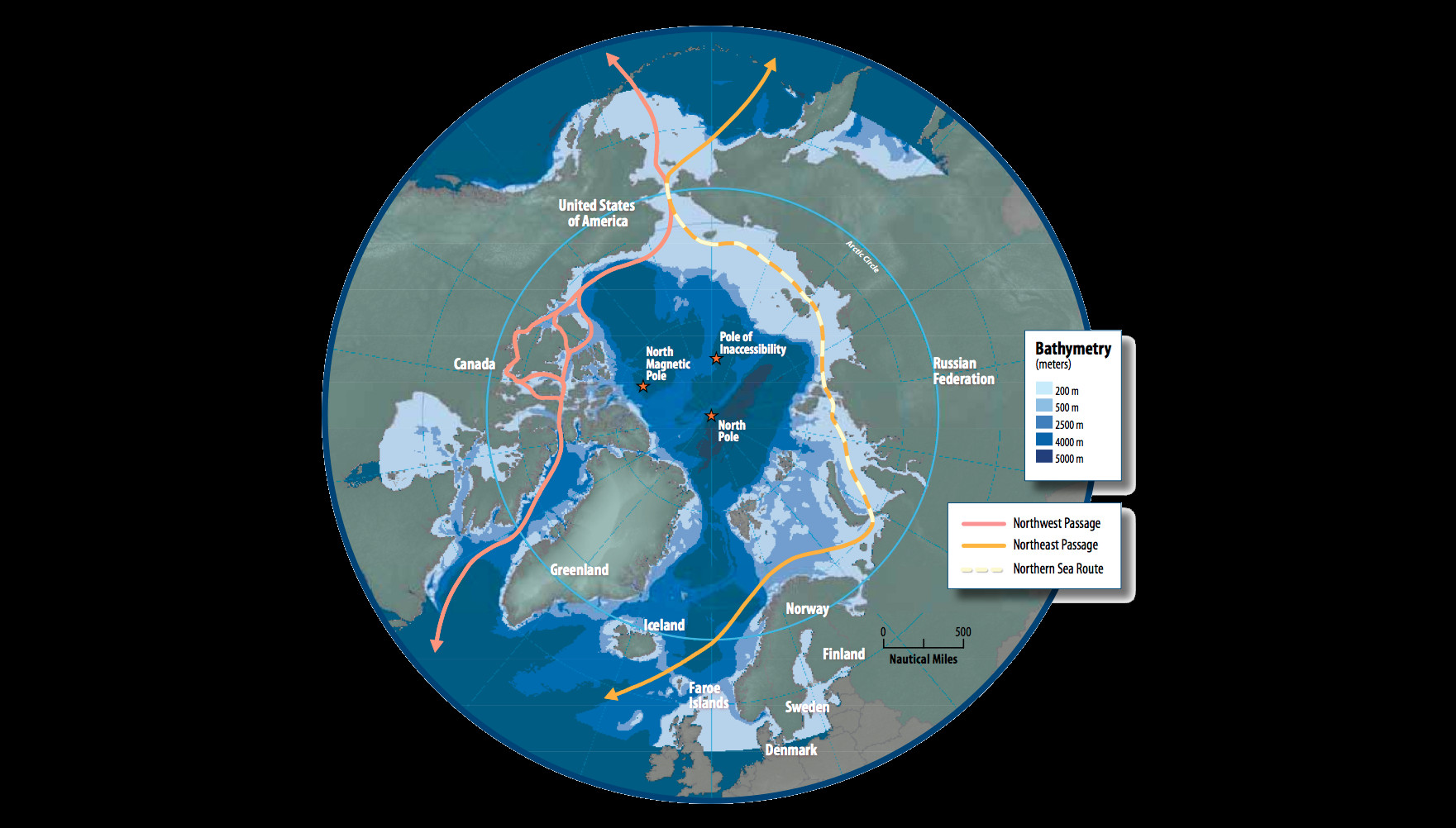The Arctic route, also known as the Northern Sea Route, is an increasingly important shipping lane for Russia to use to reach markets around the world. The Northern Sea Route is a route that runs along the Arctic coast of Russia and connects Europe and Asia, providing a shorter and more direct passage between these two regions.
The use of this route can significantly reduce shipping distances and transit times compared to traditional routes, such as the Suez Canal, and can potentially save time and costs for shipping companies.
However, the route is only navigable for a maximum of five months of the year due to the extreme weather conditions and the presence of ice, which requires the use of icebreakers for safe navigation.
Russia is a leading country in the development and use of such icebreakers due to its large Arctic coastline, and the country has a fleet of both nuclear and diesel-powered icebreakers, including cargo ships that can break through the thick ice of the Arctic Ocean to transport goods and resources.
July to November
The Northern Sea Route, can be used for navigation during the summer months from July to November when the ice cover is at its minimum.
During this period, ice-class vessels, can transit through the Northern Sea Route though even during these summer months there can still be challenging ice conditions in some areas, and navigation may be affected by weather conditions such as fog and storms.
In recent years, climate change has led to a reduction in the extent of sea ice in the Arctic region, and there has been a trend towards longer navigable periods for the route.
Nonetheless, the Northern Sea Route remains a challenging and unpredictable route to traverse, requiring specialized vessels and expertise to ensure safe transit.
Few icebergs but frequent ice floes
Icebergs are not usually found in the Northern Sea Route, as it is primarily located in the Arctic Ocean, which is surrounded by landmasses and not directly connected to the open sea.
Icebergs are typically formed in the open ocean, where glaciers and ice sheets calve into the sea, and can then drift with ocean currents.
However, the Arctic Ocean does have its own unique ice features and navigation can still be challenging, even in summer, due to phenomena such as ice floes which are formed from sea ice that breaks off from the Arctic ice pack.
Although the USA would like to have a presence in the Arctic Sea and along the Northern Sea Route, it currently hasn’t either suitable ships or capability to achieve this. At the last count, the Americans have only one icebreaker ship, although there are signs of a proxy conflict developing between Norway and Russia that could suit the ongoing aggression from the US against the Russian Federation.
